Black spot, a common fungal disease, can cast a shadow on the beauty of your rose garden. However, armed with knowledge and proactive measures, you can effectively prevent and treat black spot, ensuring your roses bloom with vibrant health. In this comprehensive guide, we explore strategies for both prevention and treatment, empowering you to cultivate a thriving and disease-resistant rose garden.
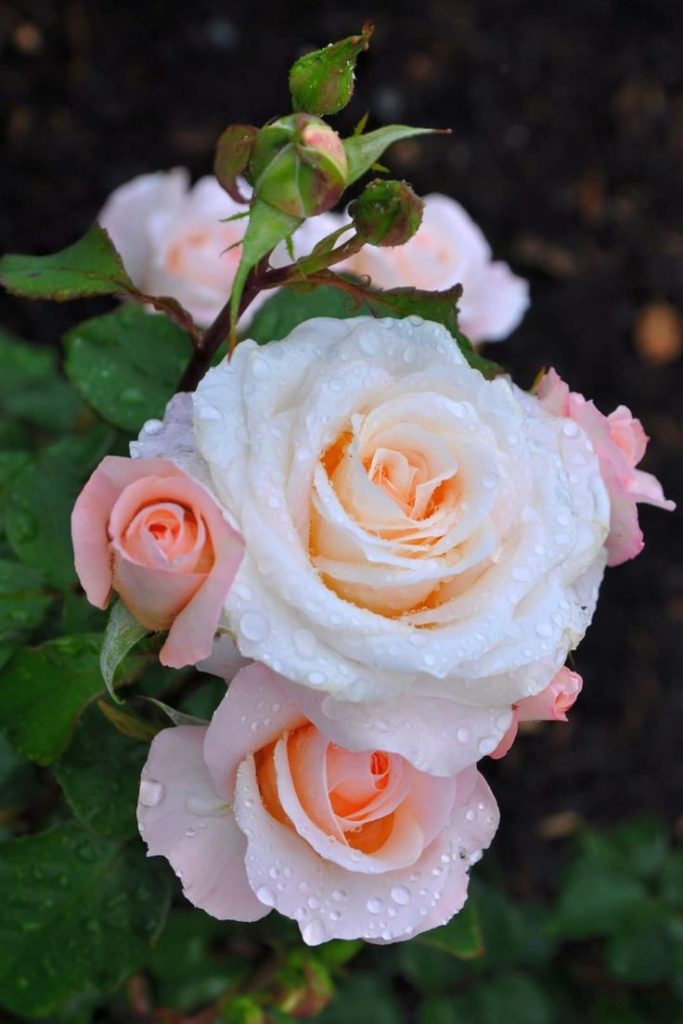
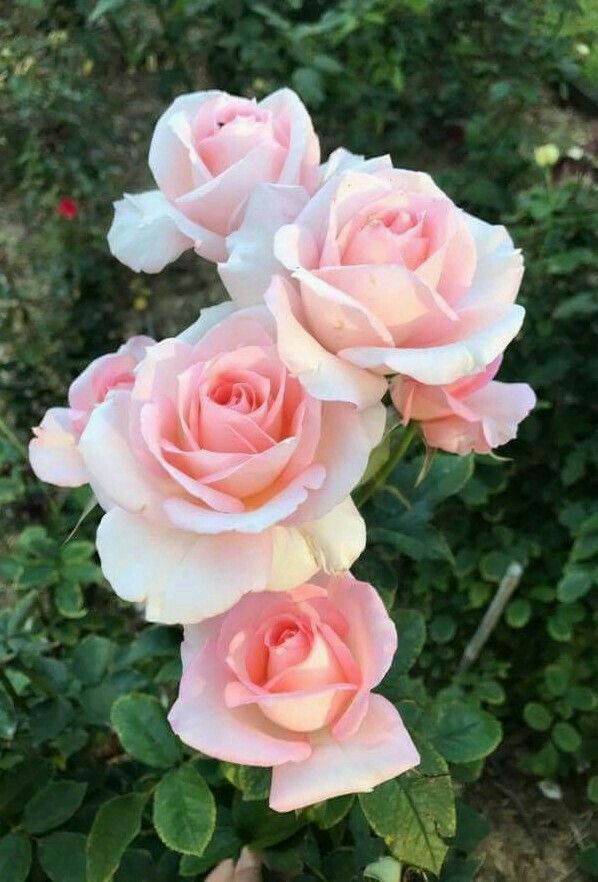
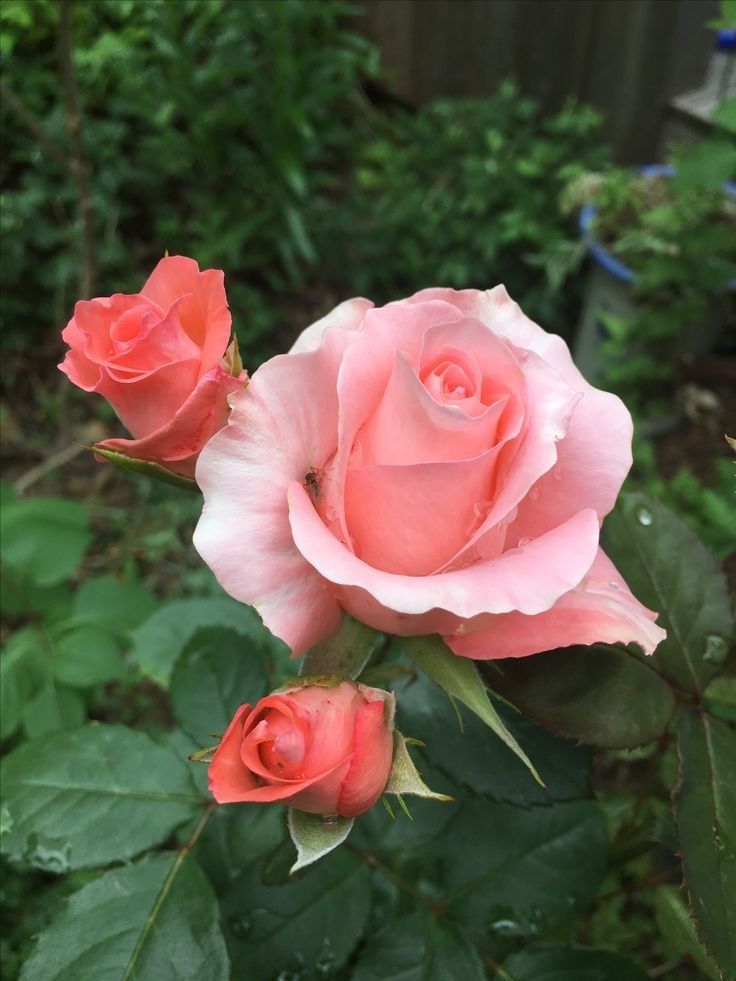
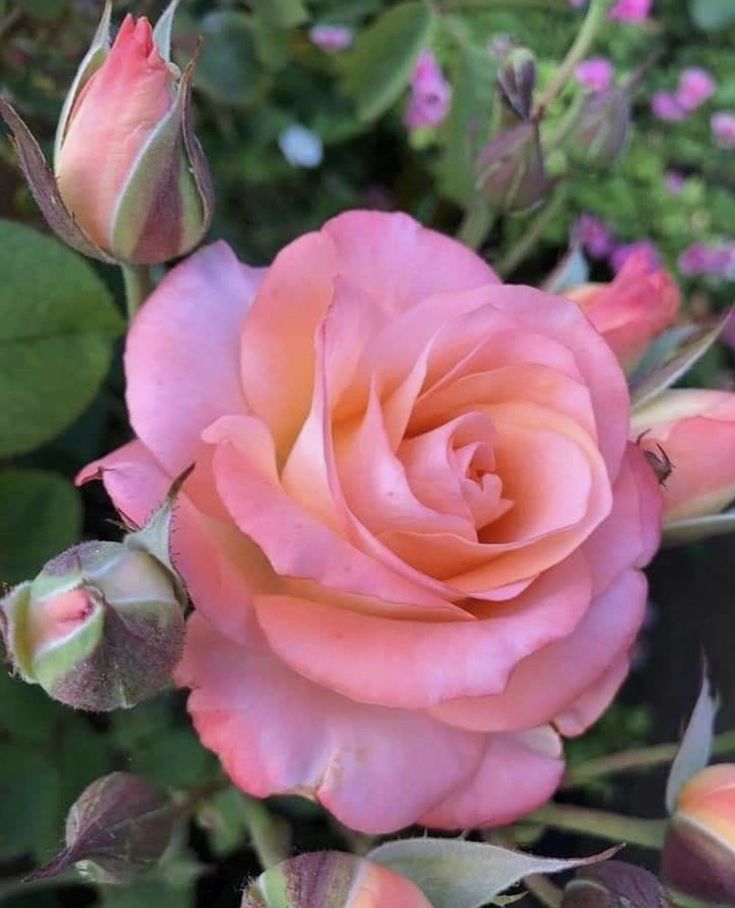
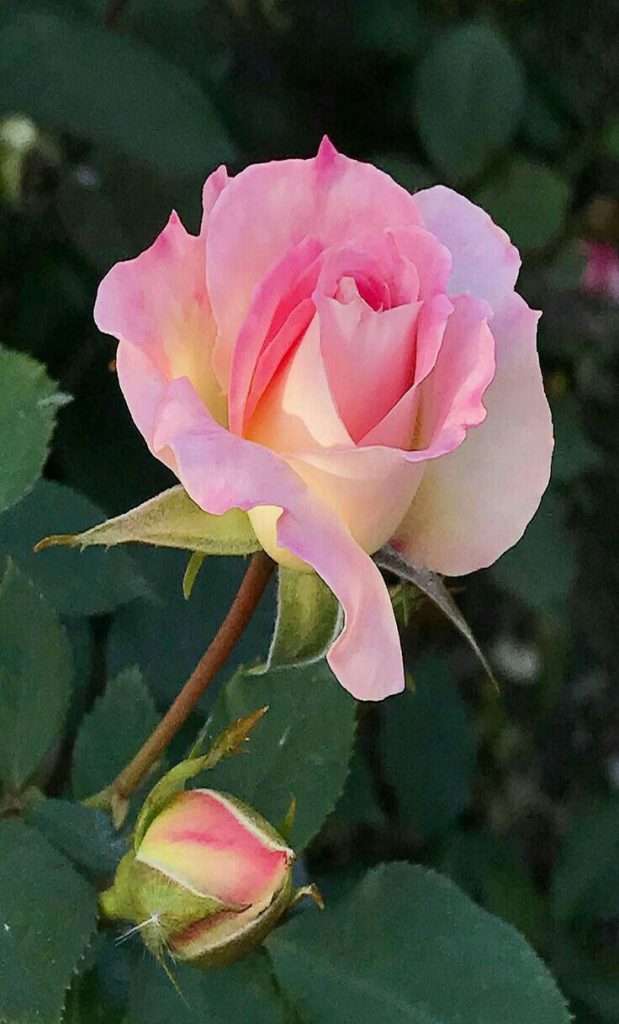
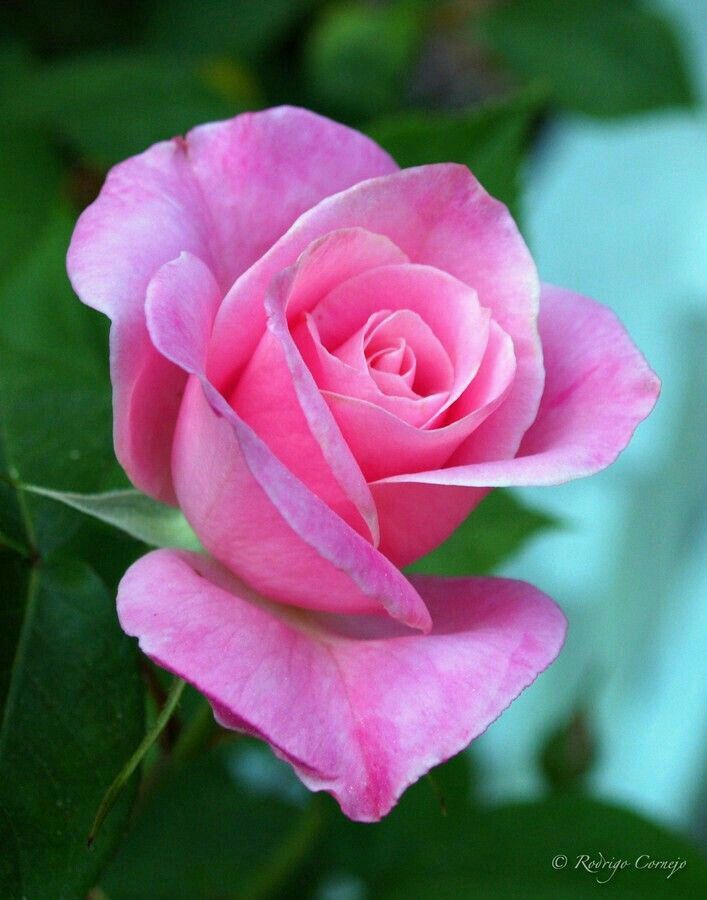
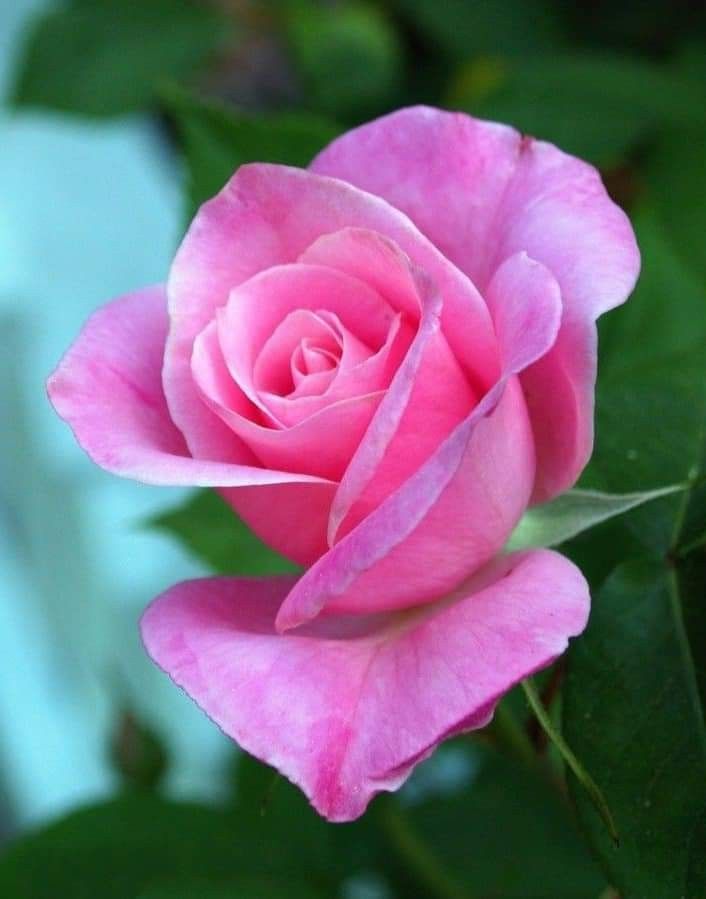
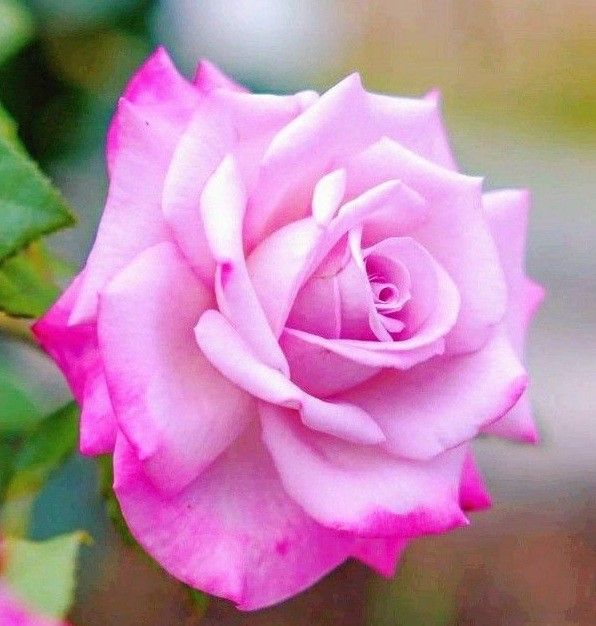
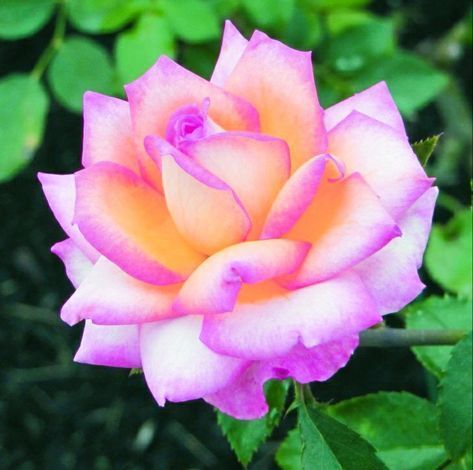
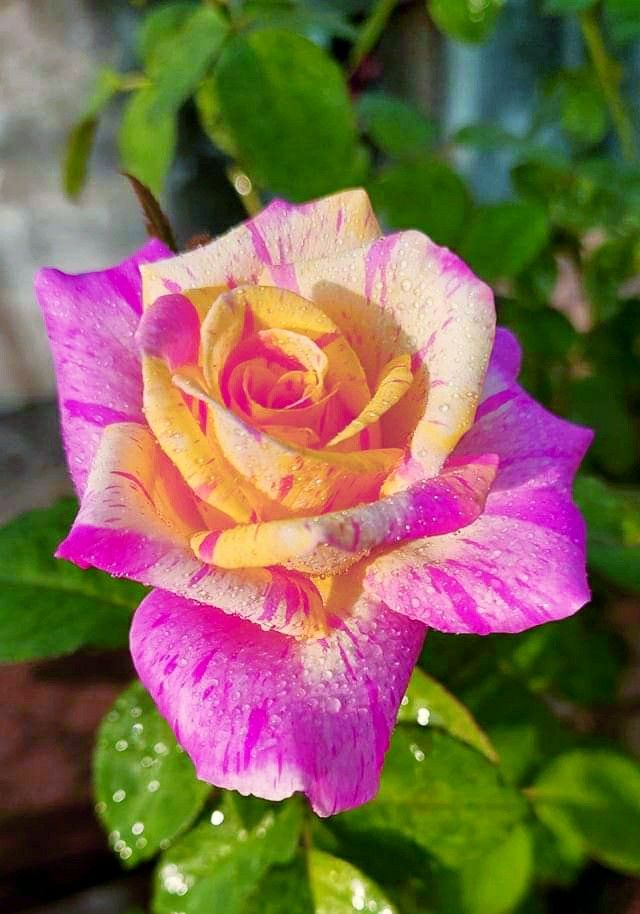
Understanding Black Spot in Roses
**1. *Identification of Black Spot*
- Black spot (Diplocarpon rosae) manifests as dark, round lesions with fringed edges on rose leaves. These spots gradually enlarge and may cause premature leaf drop.
**2. *Environmental Conditions Favoring Black Spot*
- Black spot thrives in warm and humid conditions. Poor air circulation, damp foliage, and overcrowded plantings contribute to its development.
**3. *Impact on Roses*
- If left untreated, black spot can weaken rose plants, reduce bloom production, and make them more susceptible to other diseases.
Preventive Measures Against Black Spot
**1. *Choose Resistant Rose Varieties*
- Opt for rose varieties known for their resistance to black spot. Disease-resistant varieties include ‘Knock Out,’ ‘Carefree Delight,’ and ‘Sunny Knock Out.’
**2. *Provide Adequate Spacing*
- Plant roses with sufficient spacing to ensure good air circulation. This helps keep foliage dry and reduces the risk of black spot.
**3. *Morning Watering*
- Water your roses in the morning to allow sufficient time for the foliage to dry during the day. Wet foliage promotes fungal growth.
**4. *Drip Irrigation*
- Use drip irrigation or soaker hoses to deliver water directly to the soil without wetting the foliage. This minimizes the risk of black spot development.
**5. *Prune Regularly*
- Prune your roses to improve air circulation. Remove any crowded or crossing branches, and open up the center of the plant to promote better airflow.
**6. *Clean Garden Debris*
- Remove fallen leaves and other garden debris promptly. This reduces the presence of fungal spores and lowers the risk of infection.
**7. *Mulch Appropriately*
- Apply a layer of organic mulch around the base of your roses. Mulch helps regulate soil moisture and prevents soil-borne splashing of fungal spores onto leaves.
Treatment Strategies for Black Spot
**1. *Early Detection*
- Regularly inspect your rose plants for early signs of black spot. Prompt detection allows for timely intervention.
**2. *Pruning Infected Leaves*
- Prune and remove leaves showing black spot symptoms. Dispose of the infected leaves in the trash to prevent the spread of spores.
**3. *Fungicidal Sprays*
- Apply fungicidal sprays as a preventive measure or upon early detection of black spot. Copper-based or sulfur-based fungicides are effective options.
**4. *Neem Oil*
- Neem oil, known for its antifungal properties, can be used as a natural treatment for black spot. Regular applications may help control the disease.
**5. *Baking Soda Solution*
- Mix a solution of baking soda (1 tablespoon) and horticultural oil (1 tablespoon) in a gallon of water. Spray this solution on roses to help suppress black spot.
**6. *Systemic Fungicides*
- Consider systemic fungicides for persistent or severe cases of black spot. These fungicides are absorbed by the plant and provide longer-lasting protection.
Conclusion
Preventing and treating black spot in roses involves a combination of strategic measures, diligent observation, and timely interventions. By adopting a proactive approach and maintaining a healthy gardening environment, you can safeguard your roses from the impact of black spot and enjoy a garden filled with robust, disease-resistant blooms.
FAQs About Preventing and Treating Black Spot in Roses
- Q: Can I treat black spot with homemade remedies?
- A: Yes, remedies like neem oil and baking soda solutions can be effective in treating black spot. However, for severe cases, consider using commercial fungicides for better control.
- Q: Are all rose varieties equally susceptible to black spot?
- A: No, some rose varieties are more resistant to black spot than others. Choosing disease-resistant varieties is a proactive step in preventing black spot.
- Q: Should I remove all affected leaves when treating black spot?
- A: Yes, pruning and removing affected leaves are crucial steps in controlling black spot. Dispose of the infected leaves to prevent the spread of fungal spores.
- Q: How often should I apply fungicidal sprays for black spot prevention?
- A: Follow the recommendations on the fungicide label for application frequency. In general, preventive sprays are often applied at regular intervals, especially during periods conducive to black spot development.
- Q: Can black spot affect other plants in the garden?
- A: While black spot is specific to roses, other plants may be susceptible